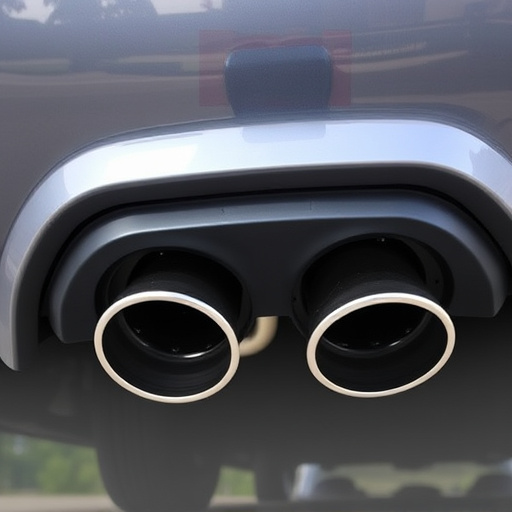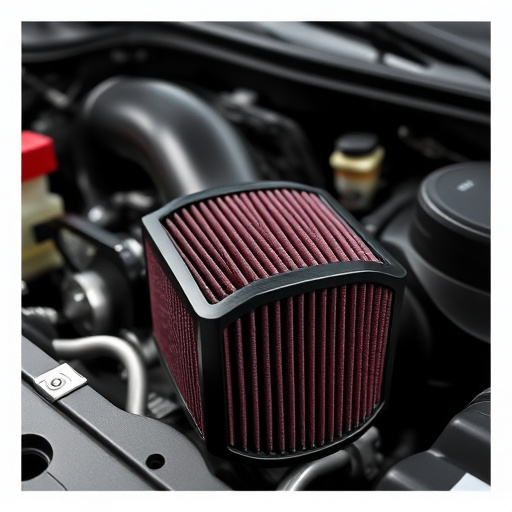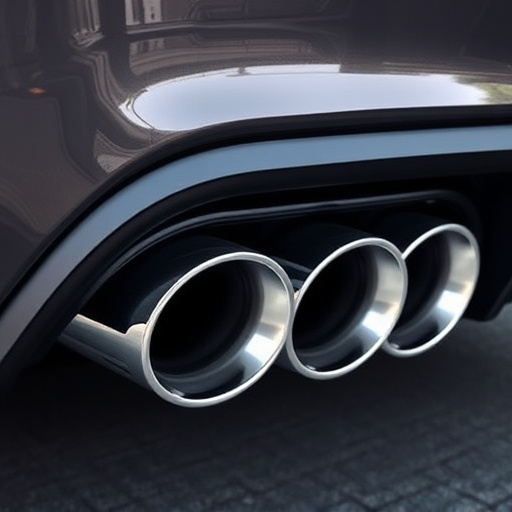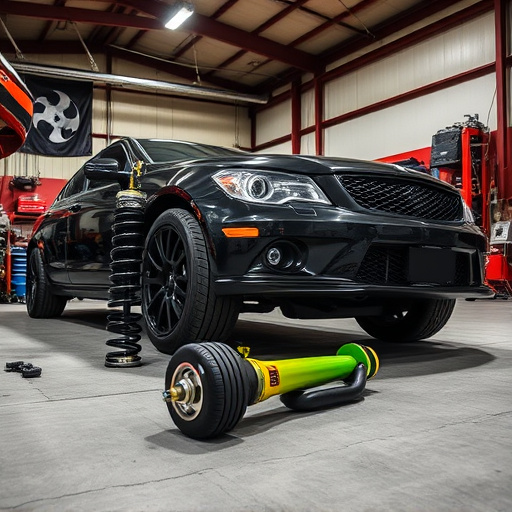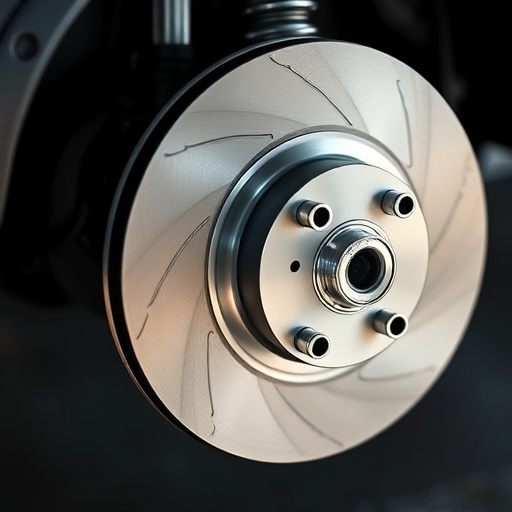A boost controller is essential for turbocharged/supercharged vehicles, managing compressed air intake for optimal performance and reliability. Misconfigurations and compatibility issues often cause challenges, leading to unstable vehicle performance and drivability problems. Basic checks, sensor functionality, system leaks/obstructions, and correct boost pressure settings are crucial for troubleshooting and enhancing vehicle performance.
Facing issues with your boost controller setup? This guide is your roadmap to troubleshooting. From understanding boost controller basics to identifying common causes, we’ll equip you with the knowledge to resolve problems efficiently. Learn effective troubleshooting steps and solutions tailored for your boost controller. Master the art of navigating through challenges and optimize your setup like a pro. Get ready to boost your performance with confidence.
- Understanding Boost Controller Basics
- Common Issues and Their Causes
- Troubleshooting Steps and Solutions
Understanding Boost Controller Basics
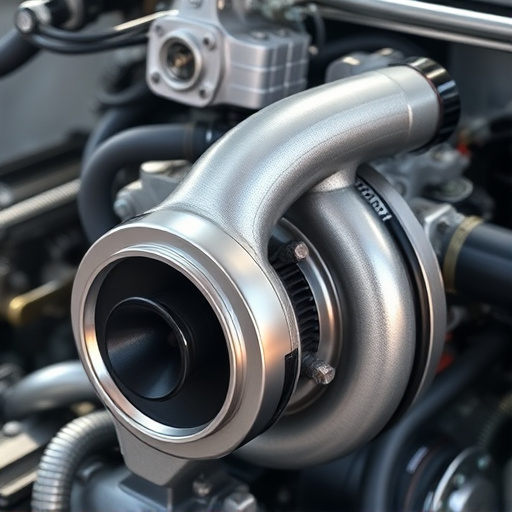
A boost controller, also known as a turbo controller or boost manager, is a crucial component in vehicles equipped with turbocharged or supercharged engines. Its primary function is to regulate and control the amount of compressed air entering the engine, enabling optimal performance and efficiency. This device acts as the brain of your high-performance setup, ensuring that the engine receives the perfect balance of air and fuel for efficient combustion. Understanding how it works is essential when troubleshooting any issues in your boost controller system.
The boost controller monitors various sensors within your vehicle’s intake and exhaust systems, including air flow meters and manifolds absolute pressure (MAP) sensors. Based on driving conditions and engine load, it adjusts the amount of boost pressure applied to the engine, ensuring optimal performance without compromising reliability. By fine-tuning this process, especially when combined with powerful air intake systems and cat-back exhausts, you can unlock the full potential of your vehicle’s high-performance parts while maintaining a smooth driving experience.
Common Issues and Their Causes
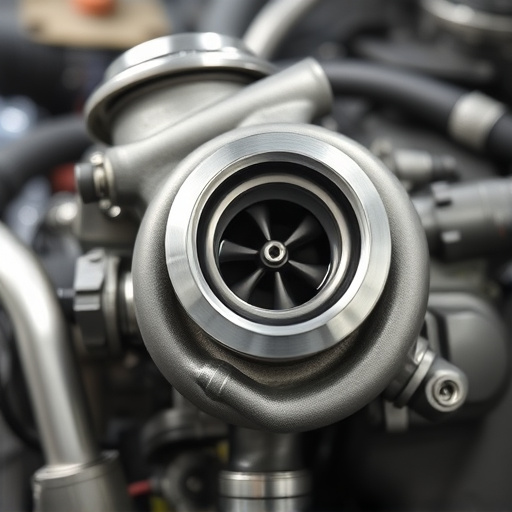
Many users encounter issues with their boost controller setup, often stemming from misconfigurations or compatibility problems. One common problem is unstable vehicle performance, which can be caused by improper tuning settings within the controller’s firmware. This may require recalibration or adjustments to boost levels and timing to ensure optimal performance without compromising safety.
Another frequent issue lies in the integration of suspension components and exhaust systems with the boost controller. Incompatible or incorrectly installed parts can lead to drivability problems, such as unpredictable power delivery, rough idle, or even engine stalling. It’s crucial to verify that all connected hardware is compatible with your specific boost controller model and properly configured for seamless operation, enhancing both vehicle performance and driver experience.
Troubleshooting Steps and Solutions
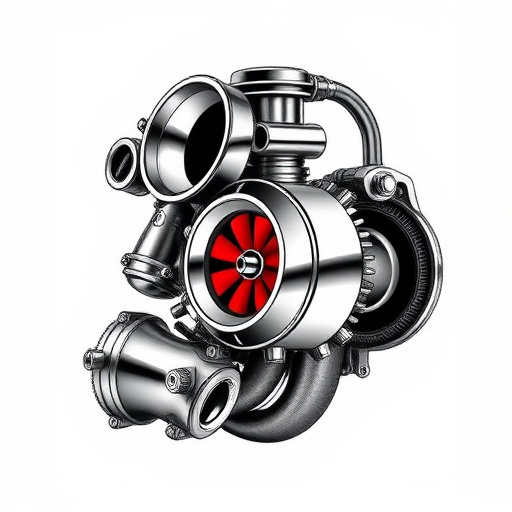
When troubleshooting issues with your boost controller setup, start by checking the basic connections and power supply. Ensure all sensors, such as the mass air flow (MAF) sensor and manifold absolute pressure (MAP) sensor, are properly connected and functioning correctly. A glitchy or faulty sensor can cause erratic readings and trigger error codes in your boost controller.
Next, inspect the air intake systems and exhaust systems for any leaks or obstructions. Even a small leak in the cold air intakes can significantly affect the system’s performance. Verify that all connections are secure and sealed, and replace any worn-out gaskets or O-rings. Additionally, check the boost pressure settings on your controller; they might need adjustment to match your vehicle’s specifications and driving conditions.
Whether you’re a car enthusiast looking to optimize your vehicle’s performance or a professional tuning expert, understanding how to troubleshoot issues with your boost controller setup is essential. By familiarizing yourself with the basics and identifying common problems, you can effectively navigate through potential challenges. The troubleshooting steps outlined in this article serve as valuable tools to ensure your boost controller functions optimally, maximizing both efficiency and reliability. Remember, a well-maintained boost controller setup is key to achieving consistent and powerful performance gains.








